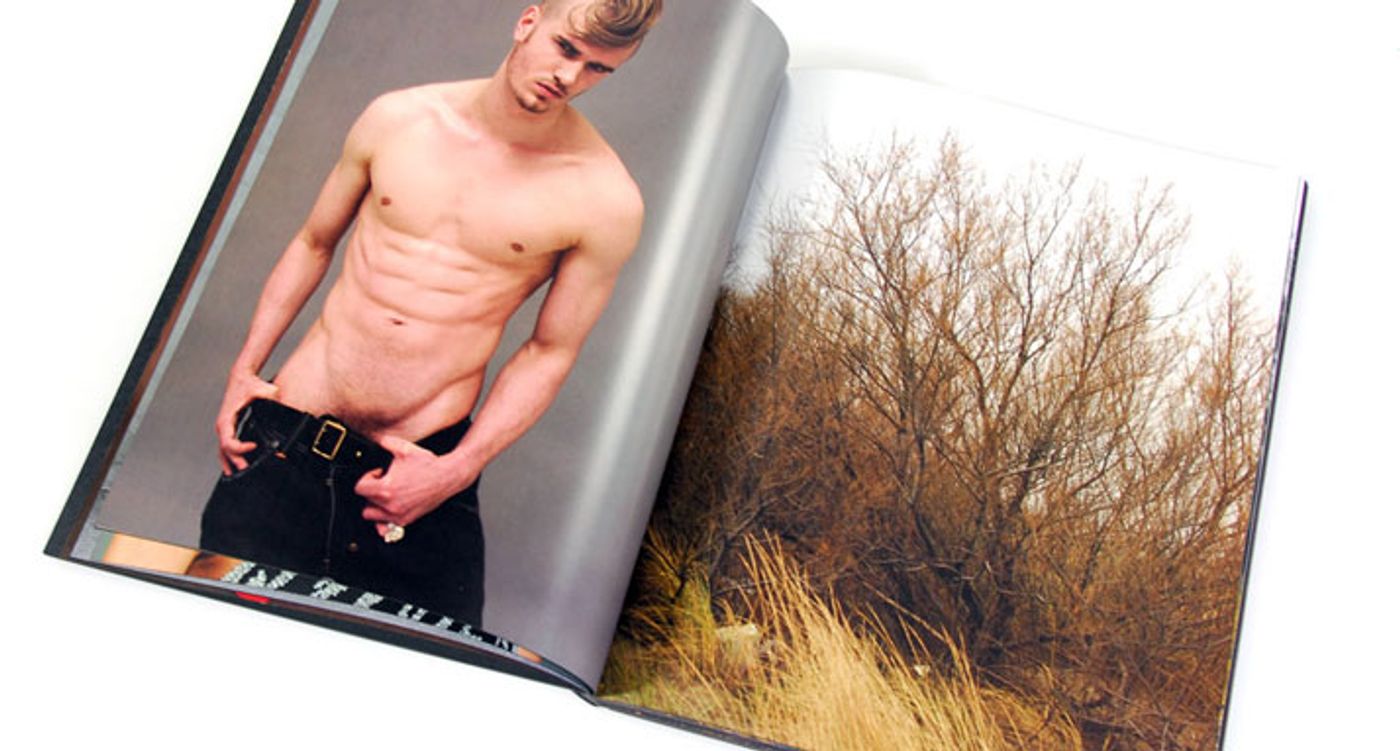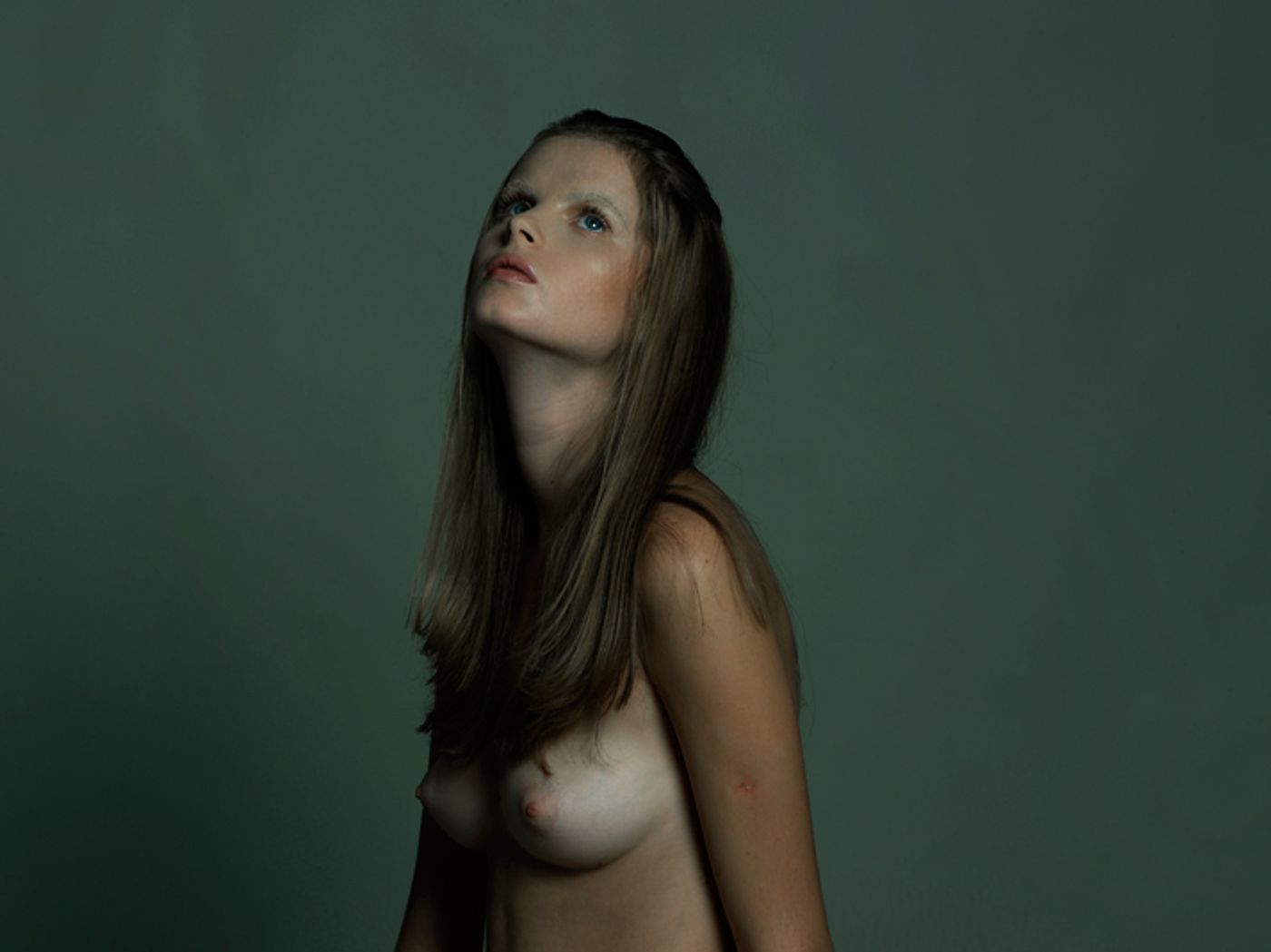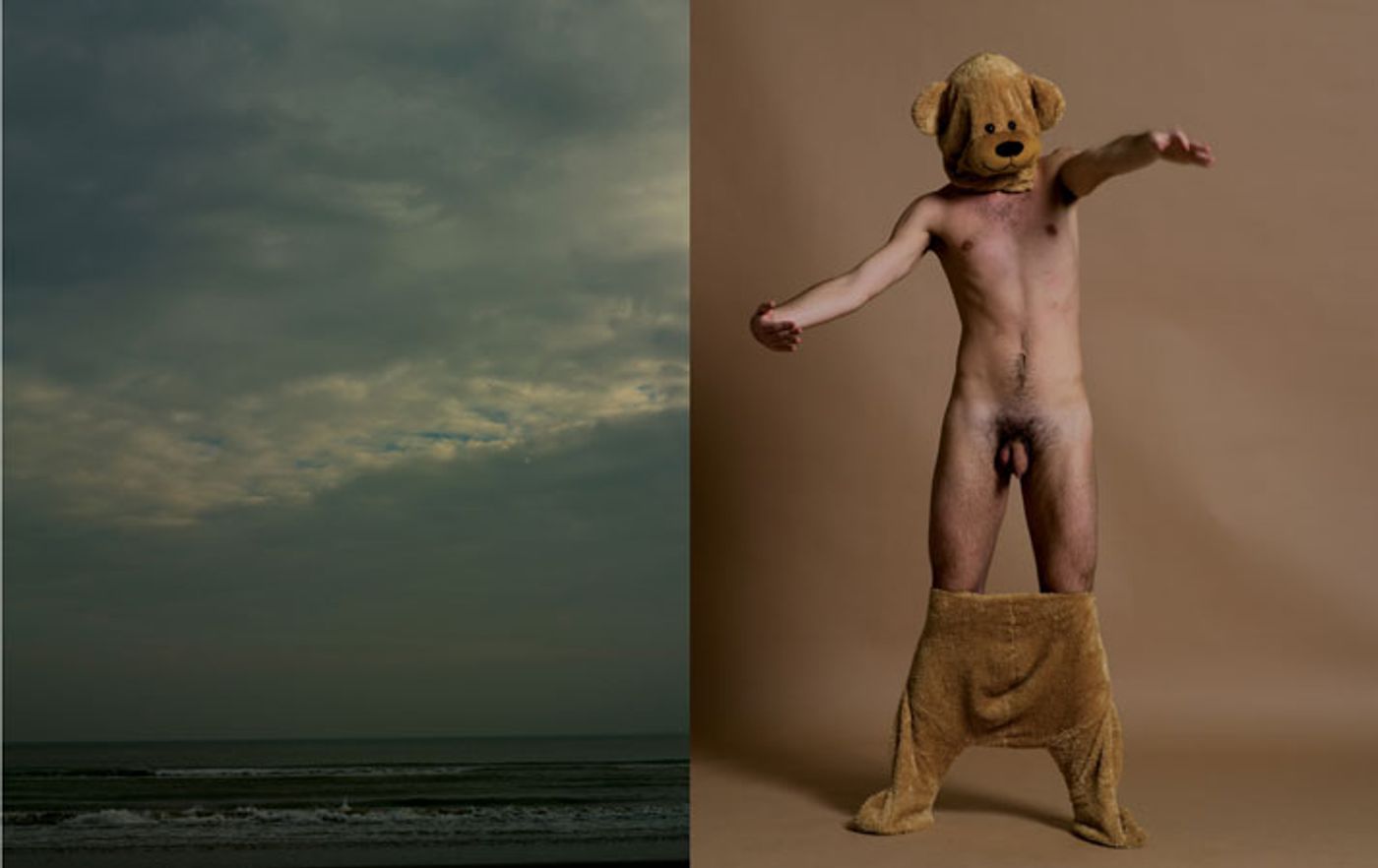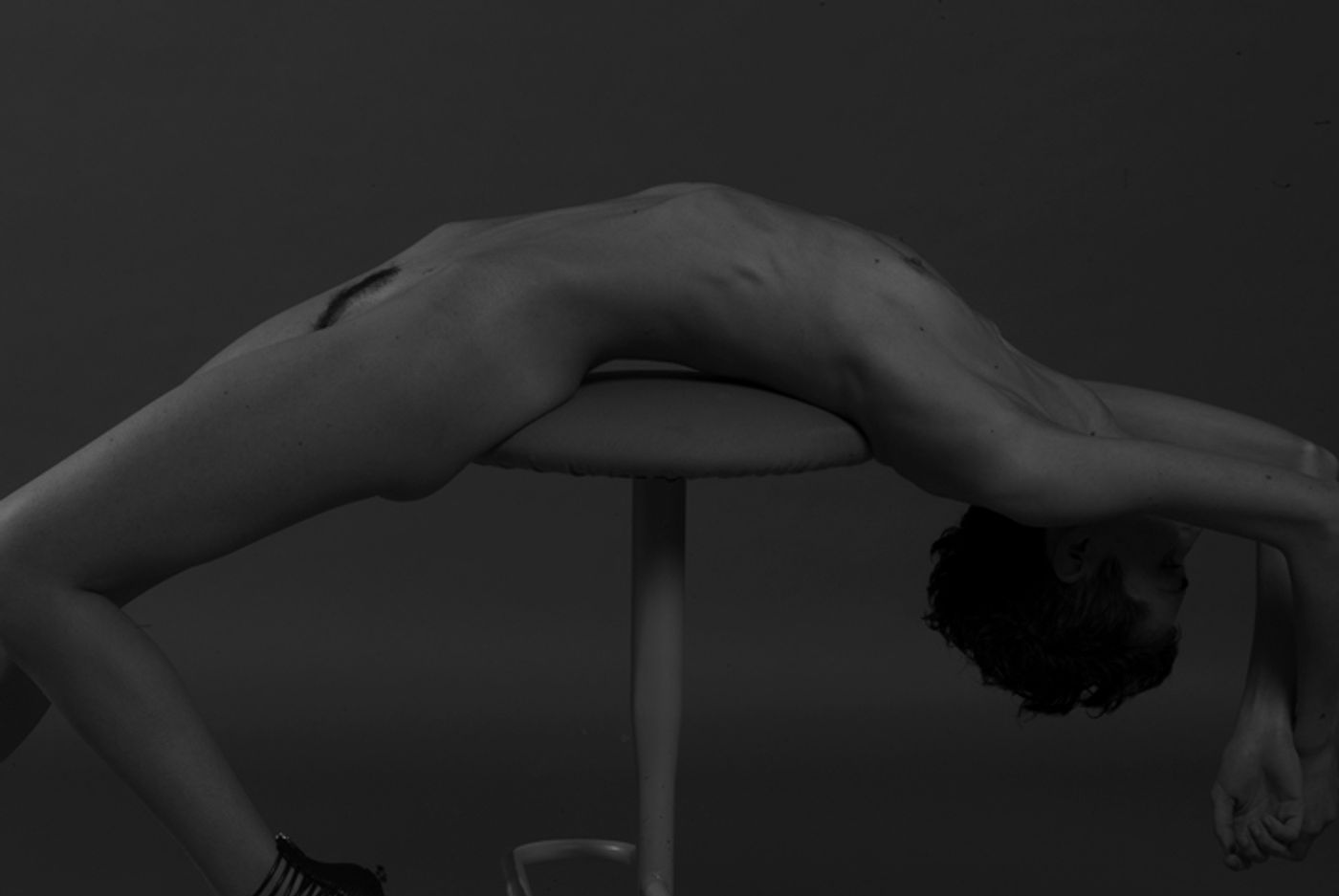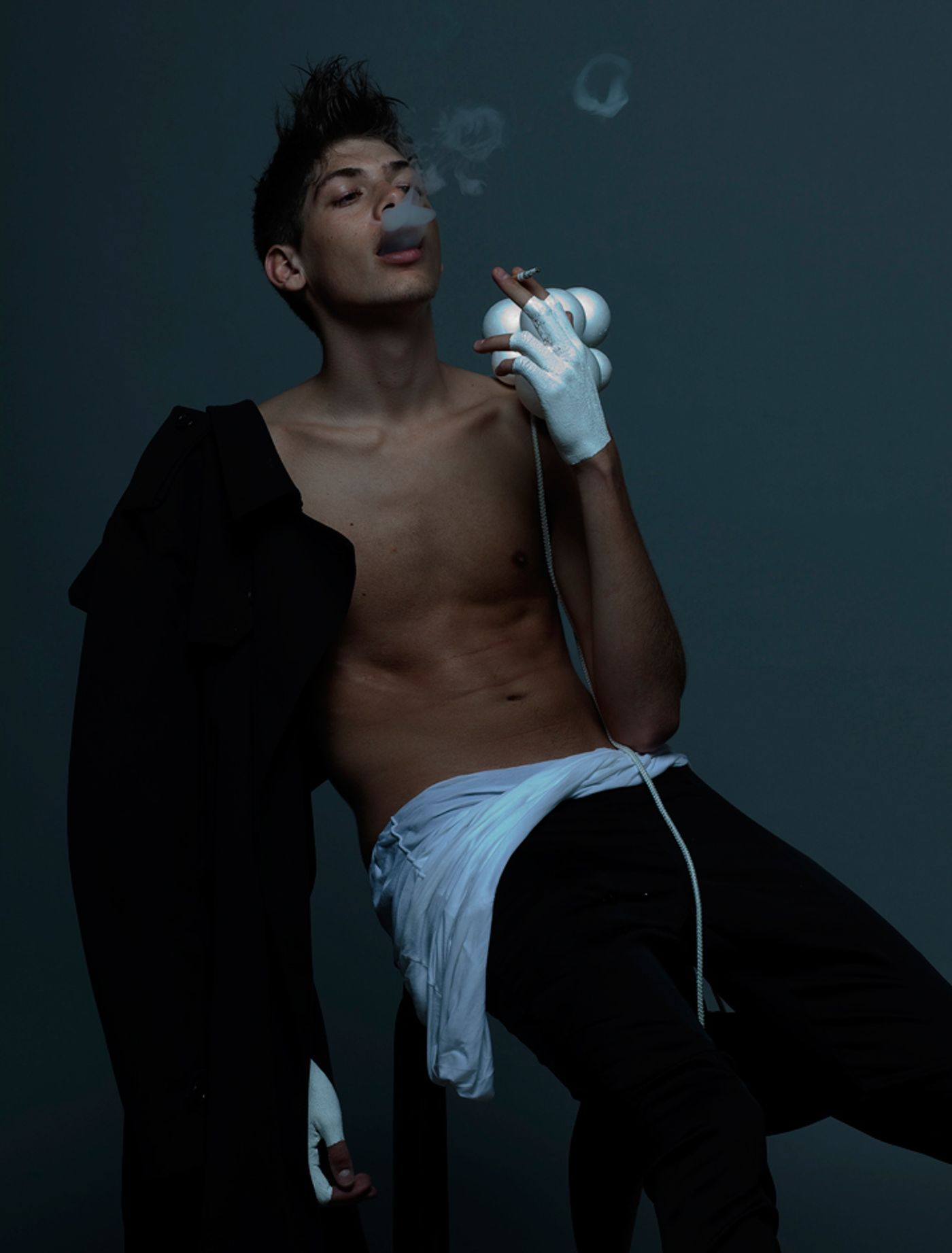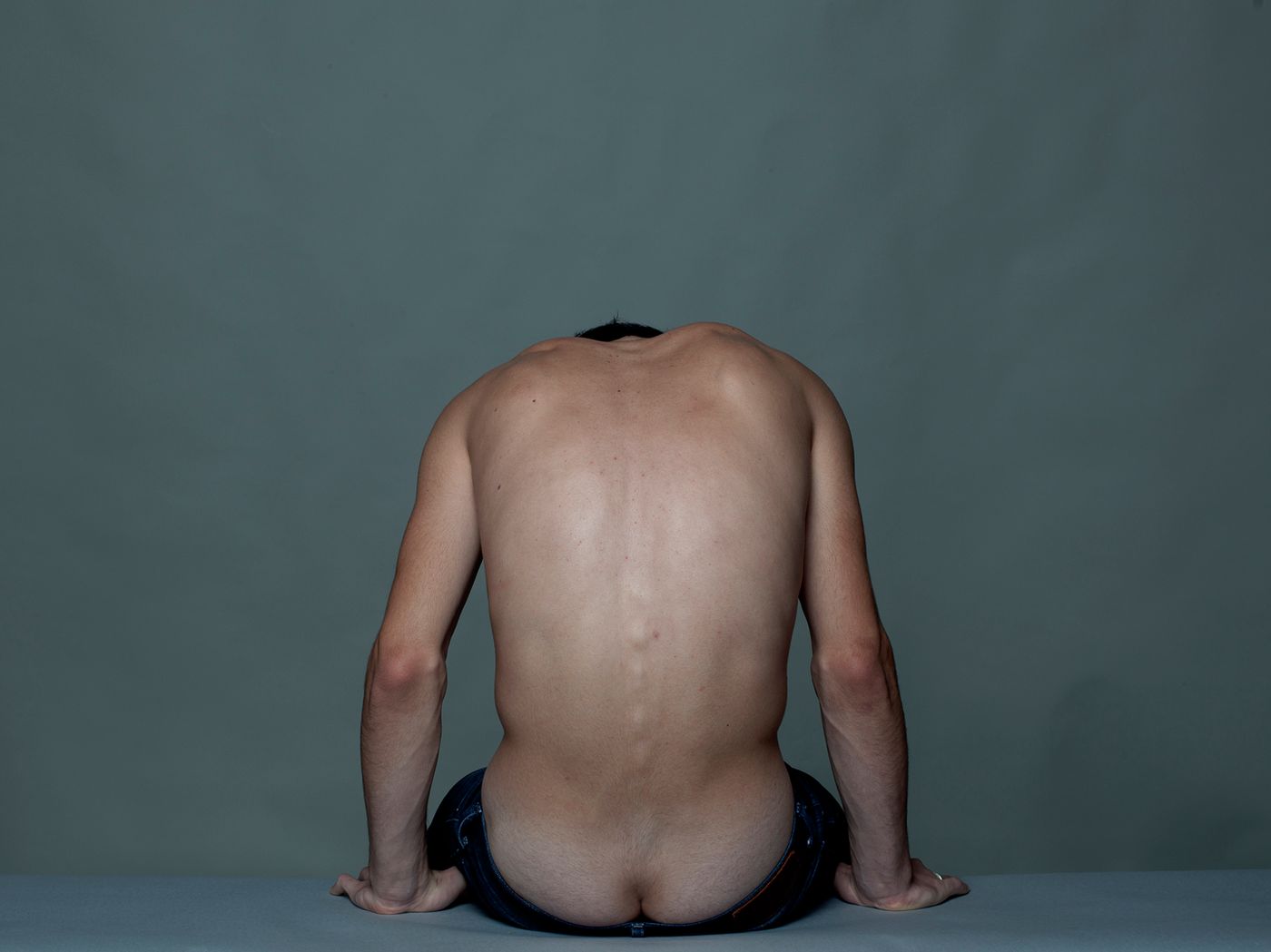
Mustafa Sabbagh: The Architect of Light, Love, and Unconventional Beauty
Words by Predrag Pajdic
Location
Amman, Jordan
Mustafa Sabbagh: The Architect of Light, Love, and Unconventional Beauty
Words by Predrag Pajdic
Amman, Jordan
Amman, Jordan
Location
Imagine James Coburn cool in sunglasses, Steve McQueen slick behind the wheel, and Daniel Craig rising from the sea in that iconic scene, combined with the charm of the boy next door. Now, forget all of them. Let us introduce you to the incredible, international, and celebrated Mustafa Sabbagh.
It would be hard to find a pedigree of apprenticeship and craftsmanship as prestigious as his in today’s fast-paced world. This is a man whose work—where light arranges itself around the subject as if commanded by secret words gleaned under the tutelage of old masters—demands your attention. His clean lines, both in his persona and his art, are nothing short of mesmerizing.
Mustafa Sabbagh may have been born in Jordan, but he is Italian in essence, having lived in Italy since 1979. With a degree in architecture and two years as Richard Avedon’s assistant in London, Sabbagh’s credentials read like a masterclass in artistry. His impressive collaborations include Central Saint Martins College of Art and renowned magazines like Arena, The Face, Vogue Italia, L’UOMO Vogue, and more. Since 2004, he has participated in various editorial and exhibition projects, with highlights such as the Like-Us traveling exhibition during Bologna Arte Fiera and the upcoming La Belle et La Bête exhibition in New York and London.
But his résumé is only part of the story. Beyond the chiseled looks, deep voice, and impressive credentials lies an artist who lives and breathes his work. His passion for texture and form is visceral, and his assertion that he struggles to have specific certainties is surprising in light of the undeniable precision and beauty in his creations. As he puts it, “it’s becoming a form of slavery.”
His intensity draws you in, much like the light in his photographs bends to his command, and it’s difficult to resist. Mustafa Sabbagh isn’t just a photographer; he’s a force of nature, carrying his audience into the depths of his artistic mission.
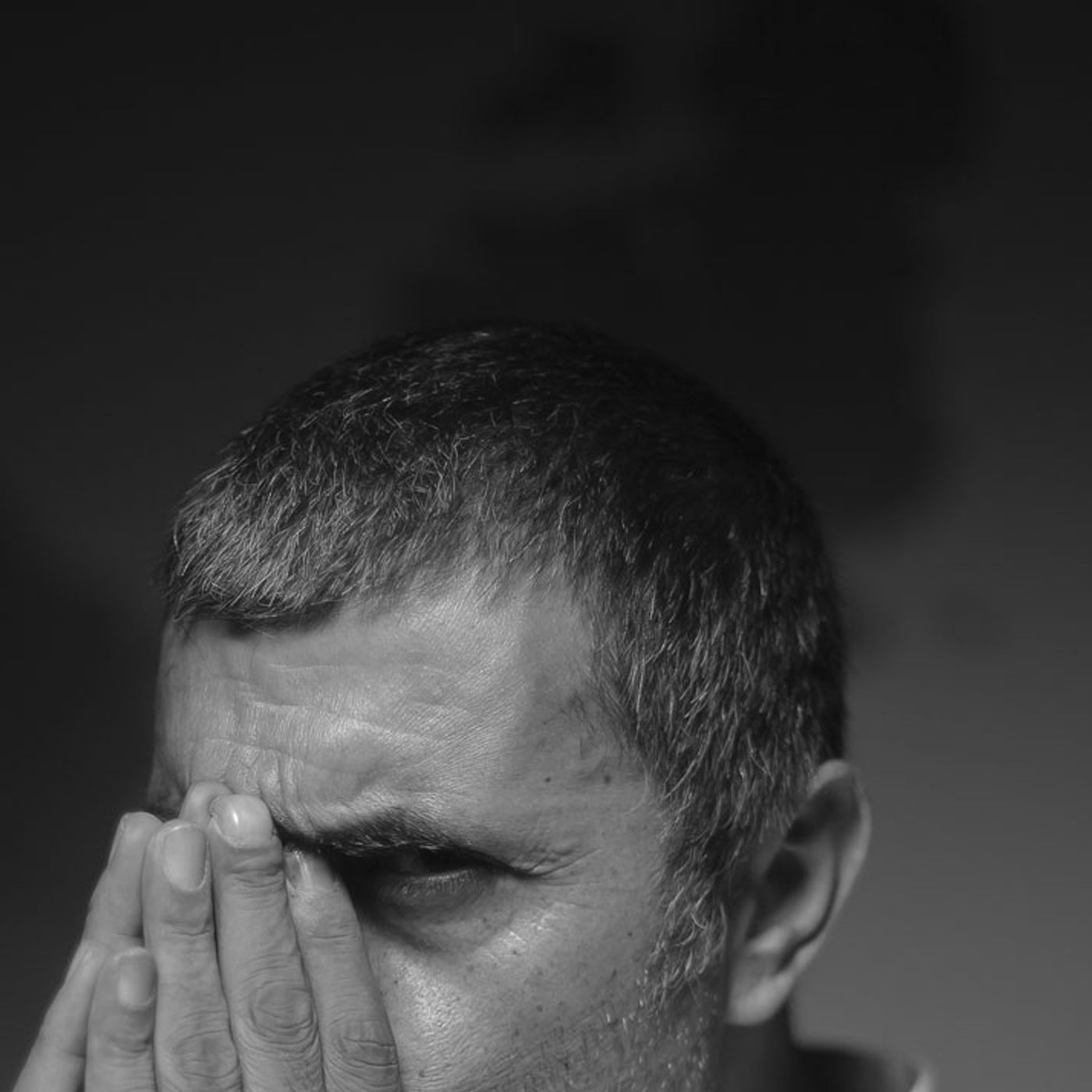
Self-portrait, Photo © Mustafa Sabbagh.
What is your definition of beauty?
Beauty comes from accepting one’s imperfections and flaws. Real beauty isn’t something you see with your eyes—it’s something you perceive with your mind. If beauty is reduced to mere appearance, it becomes a form of slavery. Real beauty should overwhelm you—it should consume you. Nothing less than that.
What inspires you?
I love paintings from the 1500s, especially the Nordic Renaissance. For me, the greatest photographer of all time is Caravaggio. I see him as a photographer rather than a painter. I’m also inspired by Antonioni’s films, architecture, and, of course, fetishism. Even cybersex can be inspirational, don’t you think?
Photography is not as simple as many believe, especially in this digital age. How did you learn your craft?
I started at 11 years old when I discovered an old Polaroid camera in a drawer at my aunt’s house. Taking my first picture felt like having the best orgasm imaginable. Since then, I’ve never stopped. Photography isn’t something you simply learn; it’s an innate need. Technique is important—you must master it—but for me, photography is more about studying people and humankind, with all their perversions. That’s something I’ll always be fascinated by.
Your recent book, About Skin, has been well-received. Why ‘about skin’?
Skin is the diary of our lives. It’s not only our habitat but also an instrument for transmitting data. I struggle to provide a definitive answer because I generally avoid certainties.
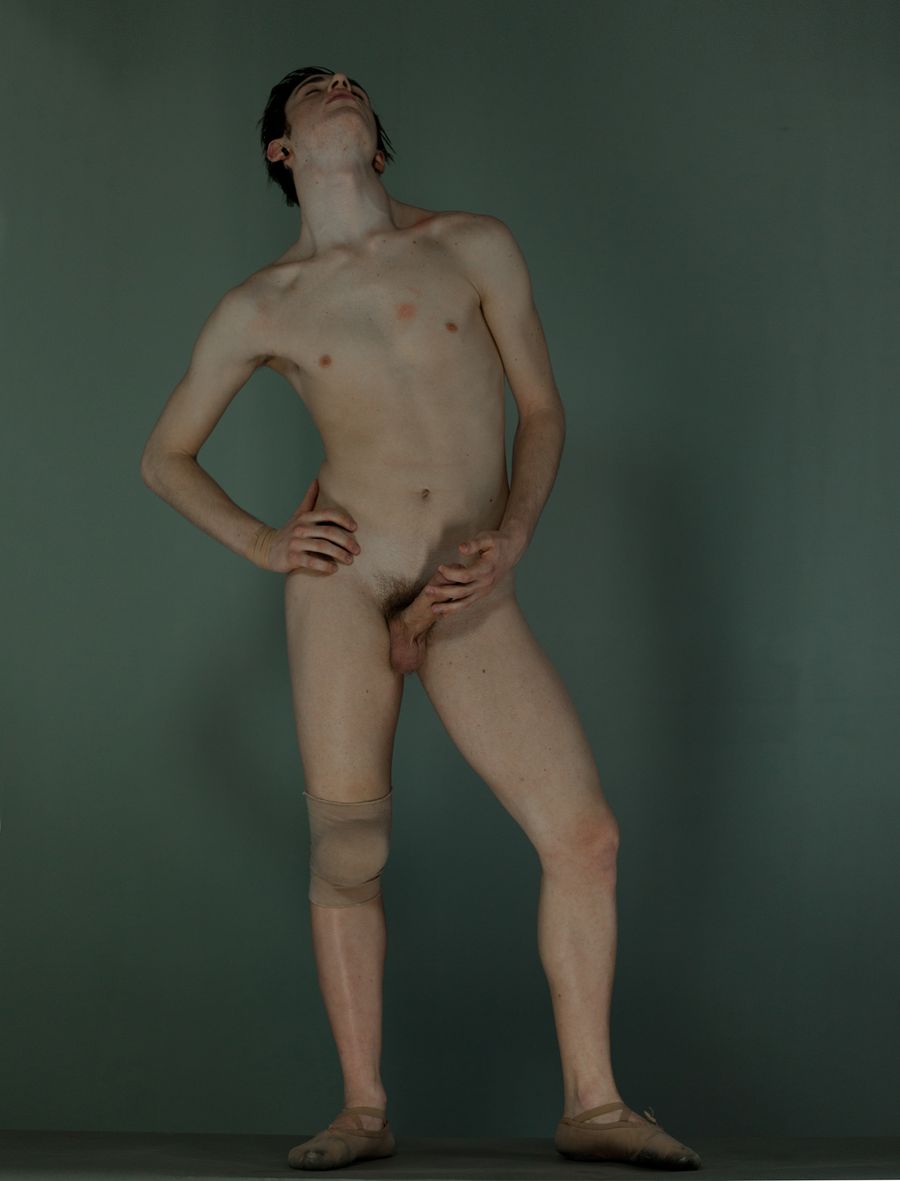
Photo © Mustafa Sabbagh.
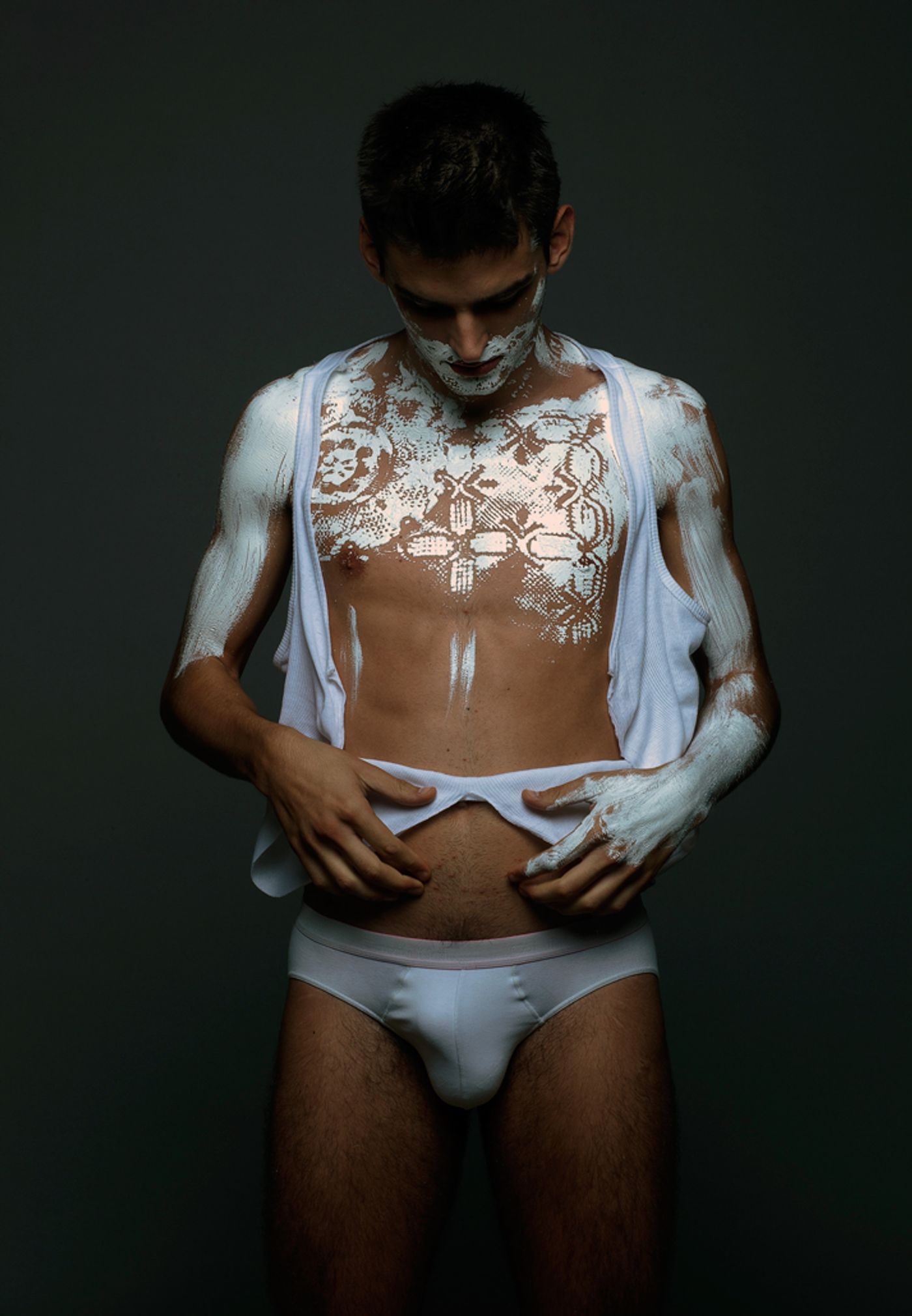
Photo © Mustafa Sabbagh.
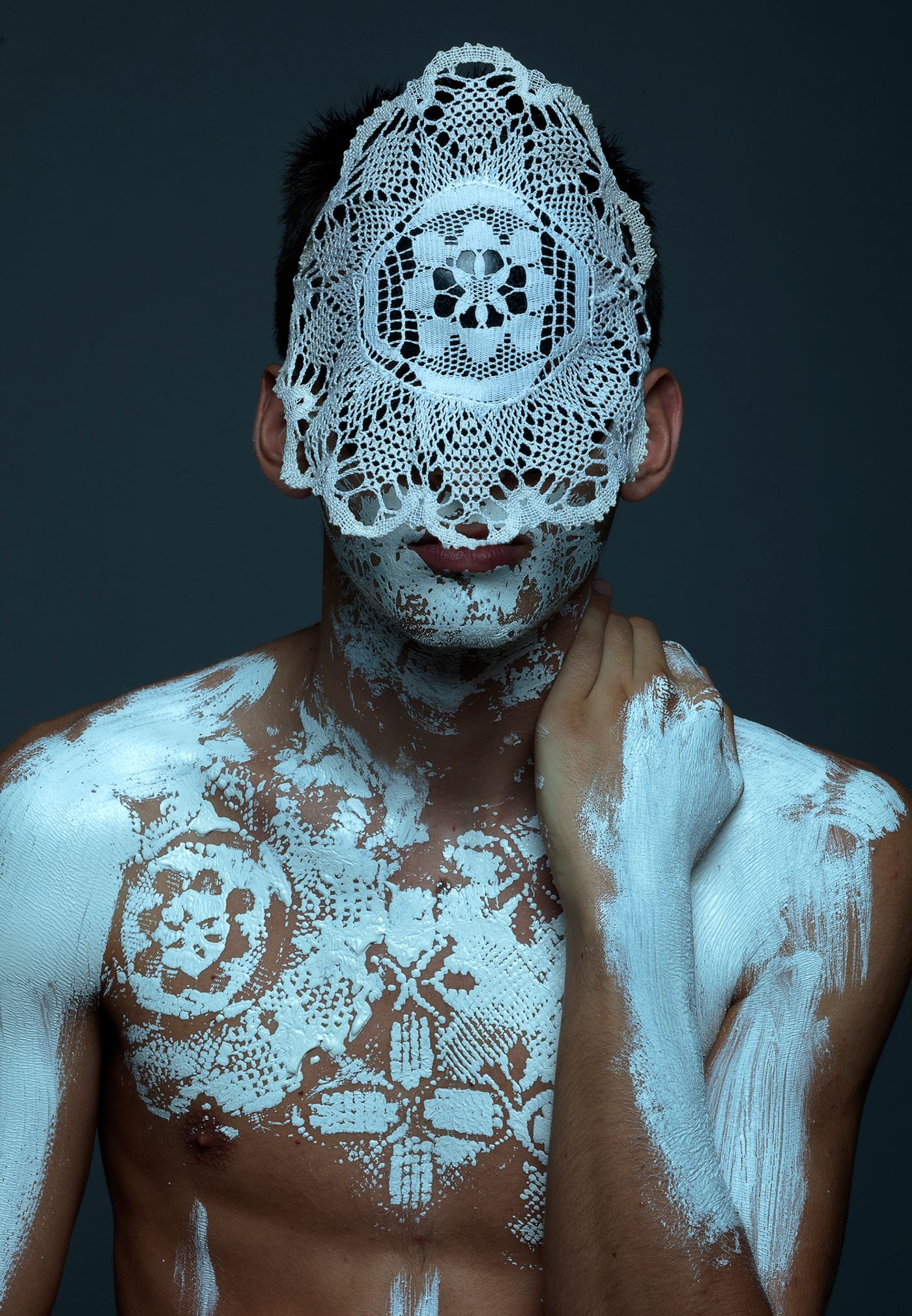
Photo © Mustafa Sabbagh.

Photo © Mustafa Sabbagh.
You were Richard Avedon’s assistant—tell us about that experience.
Yes, that’s correct. While modeling in Milan, I met him. He asked me what I wanted to become, and I told him I wanted to be a photographer. He replied, “Why don’t you start working with me?” So I did, for about two years. From him, I learned that a picture should provoke thought rather than surprise. And I learned that light should embrace the subject, not violate it.
Let’s talk about fashion.
There are two ways to approach fashion: you can either be enslaved by it or see it as an art form. Fashion should liberate, not constrain. Look at Coco Chanel—she liberated women. Or Alexander McQueen—that’s pure art. I’m trained as an architect, so I see fashion through the lens of construction and form, which is crucial to me. A great dress is no different from a magnificent building.
Your photographs showcase a unique styling. Does your architectural background influence your work?
Absolutely. Architecture gives me a framework for understanding structure and form, which I apply to photography. As for work, creating is my life. Even if I spend 15 hours a day in the studio, I don’t see it as work. Researching, visiting museums, and exploring cities are just as much ‘work’ to me as being in the studio.
What does photography mean to you?
Photography is the only love I’ve been faithful to in my life. Otherwise, I’m quite unfaithful.
Do you easily fall in love?
Yes—once a day.
Are you available?
Always.
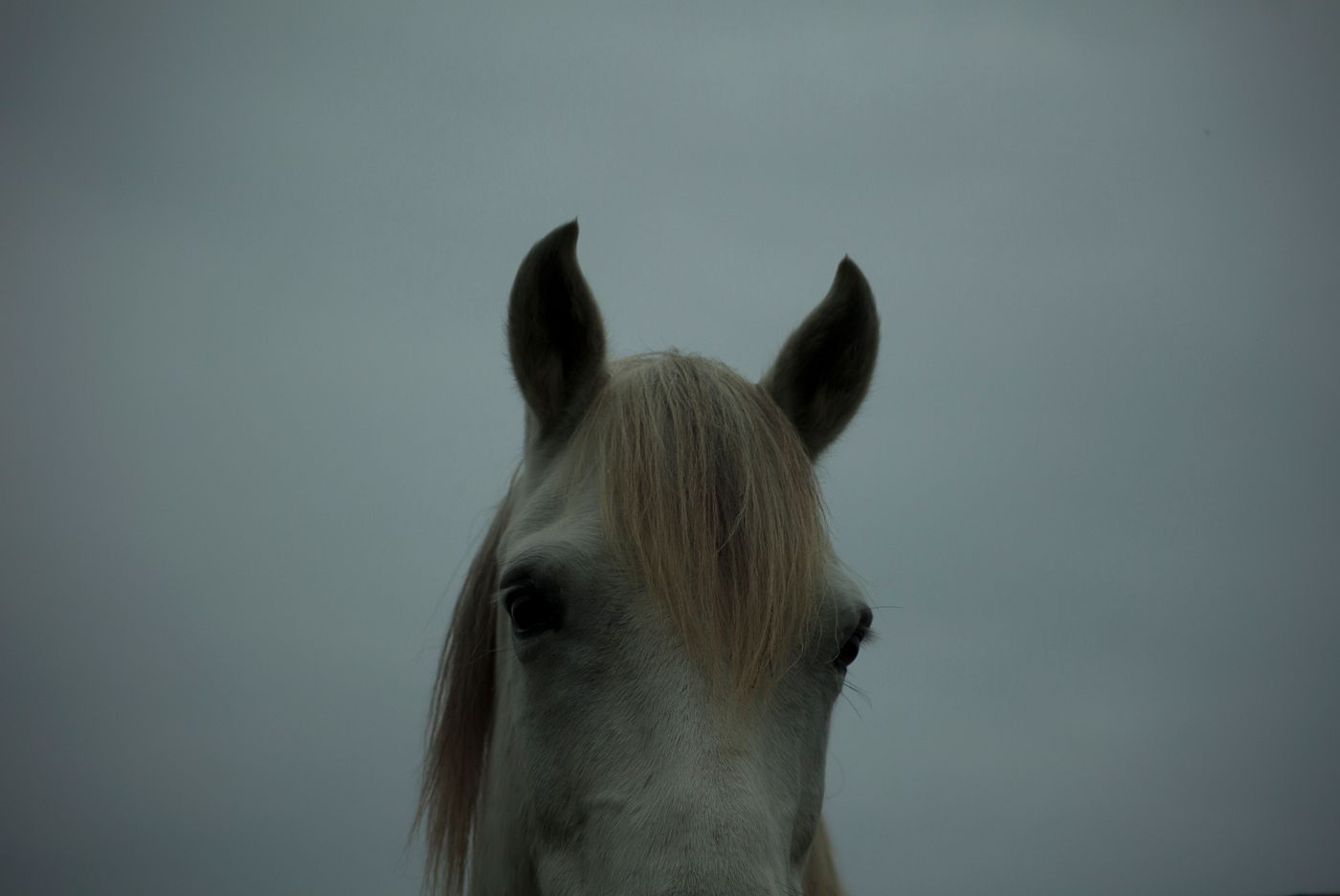
Photo © Mustafa Sabbagh.
